Brighton beautiful: all you need to know about the seaside Sussex track
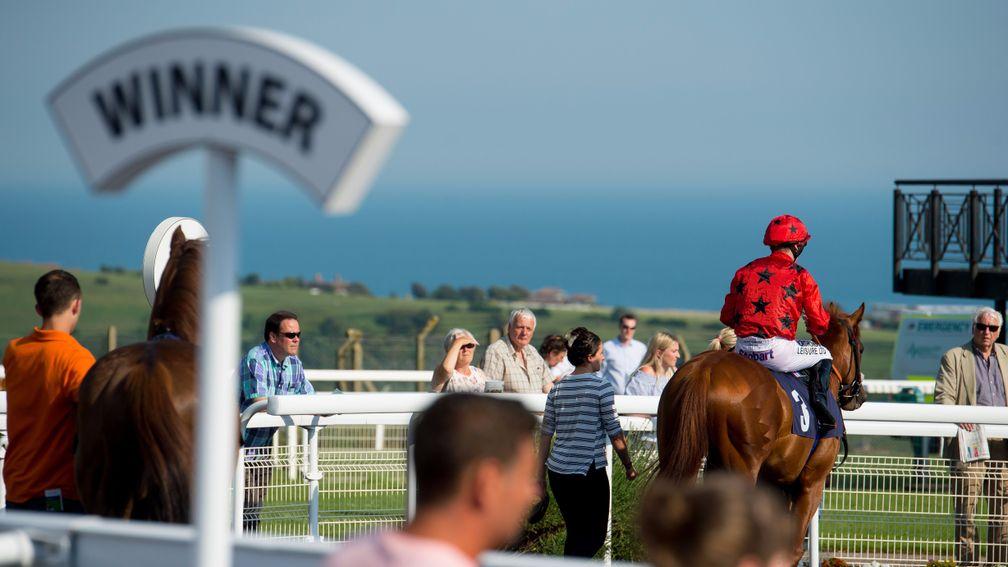
It's called the sport of kings, but it was a prince who set the ball rolling at Brighton in the 1780s and helped raise the seaside track to a position of prominence.
The Prince of Wales – who later ascended to the throne as George IV – first visited the course in 1784, the year after racing was officially inaugurated. He enjoyed himself, returned with his retinue of wealthy friends and hangers-on, and swiftly made the town a fashionable resort and its racecourse a great asset to its popularity. Brighton racecourse thrived in the Regency era but its fortunes dwindled thereafter until the new railway opened up easy access from London.
This heralded a second wave of prosperity for the course, underpinned by the birth of the two-mile Brighton Cup, a valuable event that was won by some of the best horses of the era, including Derby winner Favonius. Brighton became part of the Sussex 'season', with its main summer meeting held – as now – in the week following Glorious Goodwood, with Lewes providing additional entertainment.
It sustained its growth and prominence through the early 20th century and, as is illustrated in the excellent book The Brighton Races by turf historian Jim Beavis, enjoyed further growth after World War II, when crowds of around 20,000 were not unexceptional despite the limitations of the track's topography. A notable equine celebrity of the era was Operatic Society, who won seven times at Brighton and earned a race named in his honour.
Another big race was inaugurated in the 1960s, the Brighton Derby Trial, and although none of the winners went on to Epsom glory both Hethersett and Sodium later won the St Leger.
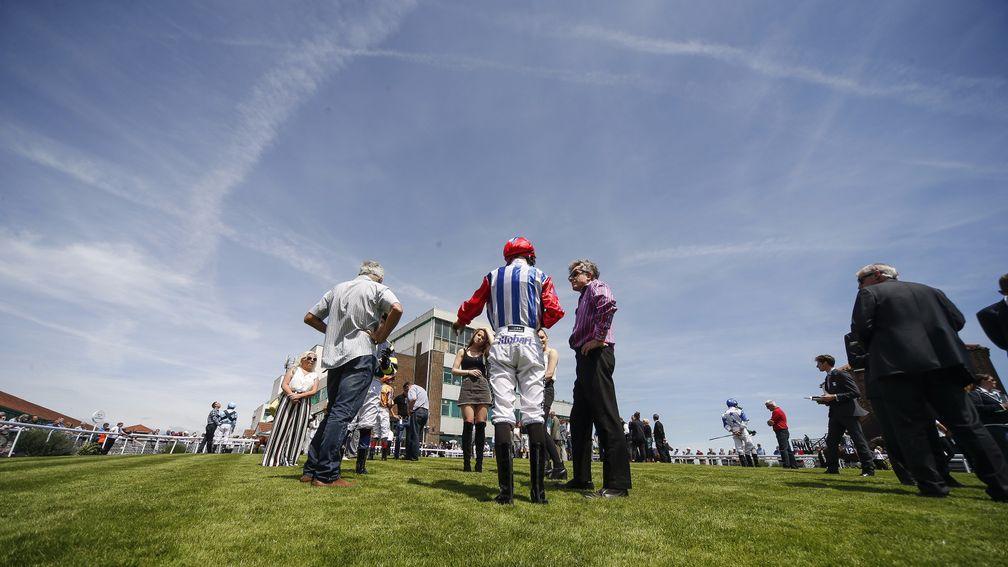
The 1960s marked Brighton's last hurrah as a venue able to attract the biggest names, with King George winner and Prix de l'Arc de Triomphe runner-up Park Top arguably the best horse ever to run there. The marvellous mare won two runnings of the Brighton Challenge Cup, a handicap, the first after winning the Ribblesdale Stakes (a career arc that may never be repeated).
After this high point the racecourse's fortunes steadily decreased – although this era will always have a place in the history books thanks to the filly Hatta, who became Sheikh Mohammed's first winner when victorious in a Brighton maiden in 1977 – and were exacerbated by the decline in popularity of the British seaside holiday. Brighton became rather run-down and it was only its purchase by Northern Racing in 1998 that rescued it from terminal dilapidation.
Steve Dennis
The jockey: Jamie Spencer on how to ride the track
It's a difficult track and it suits certain horses and certain jockeys, but it can be a spectacular place to ride on a nice summer's day, high up on the Downs and overlooking the town and the sea.
It can be tricky, and nobody rode it better than Seb Sanders, but nowadays I don't think anyone is dominant.
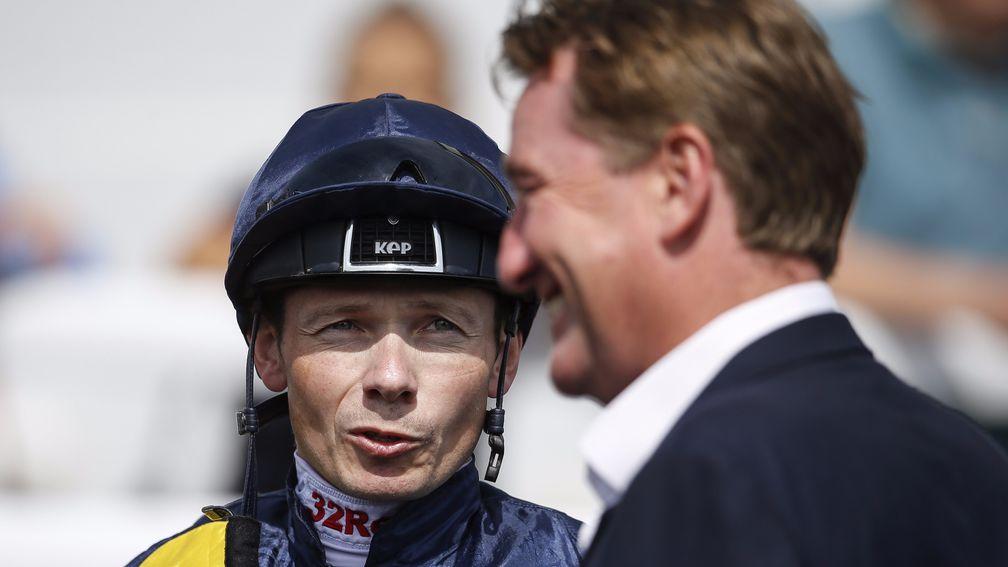
The maximum distance is a mile and a half, and it's horseshoe-shaped, a lot of it downhill with a camber towards the inside, then an uphill finish, which is one of the reasons the complexion of races there can change so dramatically in the closing stages.
It's a track where there's always plenty going on, so you have to be aware. It's not an A, B, C track and you need to keep your wits about you, because odd things happen there, like the time a while ago when I seem to remember a dog going for Kieren Fallon.
There's also the short pull-up, and the Wilson Avenue road crossing which you often hear referred to in commentary, where I remember George Duffield having a horrible fall once, although it usually rides all right.
The weather determines where they race – when it's wet they often come over to the stands' rail whereas when it's fast they stay over towards the far side.
It's a horses-for-courses sort of track as much as any probably, and because it caters for a lot of low-grade older handicappers and because they race mainly on fast ground, you get a lot of regulars and plenty of course specialists.
I'm nowhere near such a regular at Brighton as some are, but I think I've had winners there each of the last few years, although that's maybe because they have been horses who could probably win with one leg tied up. Last year I won an ordinary maiden on Visionary, who is now a Listed winner and rated 100.
I always feel it's a course where momentum counts for a lot. If you get stopped in your run it's very hard to get going again, so if possible I like to get rolling on the downhill stretch and aim for a clear run up the outside.
The alumnus: former Brighton resident Gary Moore
Just a few hundred yards from Brighton racecourse is the council-owned hillside yard operated so successfully for around 35 years by Charlie Moore, and then for another decade or so by his son Gary before he relocated to more sumptuous premises near Horsham.
Charlie Moore, whose day job for many years was running a used car dealership, had as many as 40 horses registered in horses in training in his later years, and he enjoyed considerable success with shrewdly placed handicappers such as Abo, Boniton, Chewit, Downsview, Lift Boy and Top Pop, plus classier jumpers Lir and Royal Measure, before he handed in his licence in 1997.
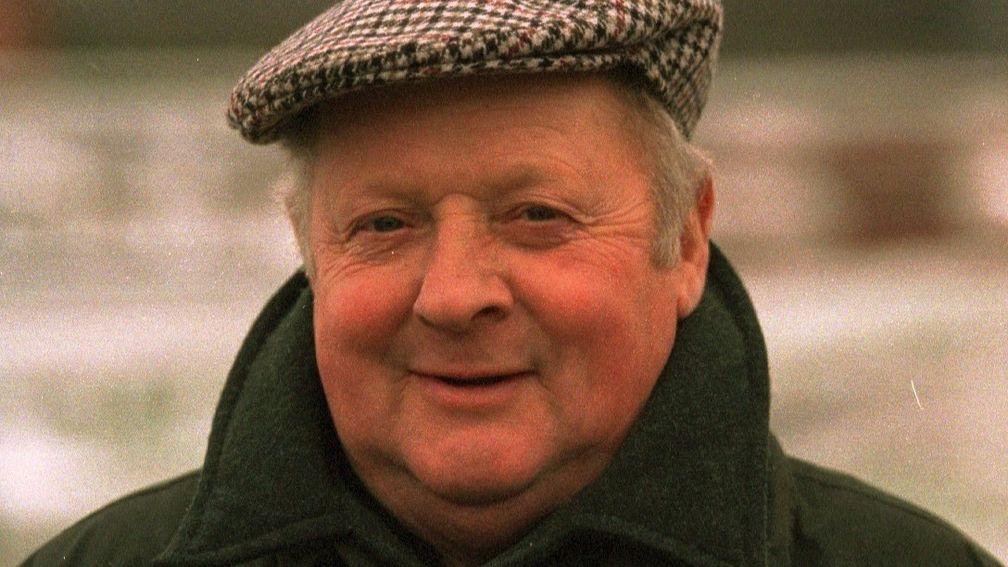
He was renowned for landing the odd touch, and success was typically followed by a colourful interview, invariably delivered with a twinkle in the eye.
Remembering those days, Gary Moore, who rode many of the jumpers, says: "Dad did really well considering he had never worked in racing and had no proper laid-out gallops. He would used farmers' fields, getting up very early in the morning, and occasionally he would use the racecourse at crack of dawn, although he wouldn't take the Mickey and so wouldn't use it in the winter.
"The area is very hilly, and we'd ride from the yard to Lewes across the Downs, covering a lot of ground and hacking up the hills. Occasionally he would box up and use the old racecourse at Lewes, or else use the very good gallop at Telscombe, just past Rottingdean, where Jamie Poulton trained and from where they once trained a Grand National winner.
"It was a different world then, and he used to ride out two or three lots and then go off to work selling cars. That's what paid for his racing."
Gary Moore initially trained at Epsom for four years, but it was unsustainable for reasons largely out of his hands and he returned to Brighton when his father became ill. He added a proper gallop to the premises, which stand in 22 acres and already had plenty of room for schooling fences and turn out, and he expanded the number of boxes to around 70.
It was there he earned the reputation for being one of Britain's top dual-purpose trainers, regularly sent out 50 or so Flat winners a year, and as many as 63 a season over jumps, including Tikram in the 2004 Mildmay of Flete at Cheltenham.
He recalled: "It was a great place to train, although you couldn't have taken some of the people I train for now, as you'd always be worried they'd get bitten by someone's dog, or else run over by a motorbike. They would have been pretty horrified by it all.
"Although we expanded, not many of the boxes were purpose-built. A lot were built out of materials left over when they finished building the marina, but one way or another we made it work."
The trainer: Suzy Smith
While there is no longer anyone training at the premises close to the racecourse from which Gary Moore and his father Charlie operated, there are still a handful of trainers within six or seven miles, based either at the former racecourse at Lewes or in the surrounding villages.
Lewes last staged racing in 1964, but the town was home to Derby winner Charlottown two years later and has continued as a training centre ever since, although fortunes have waned somewhat since Auriol Sinclair and Mick Masson both had Cheltenham Festival success in the early 1970s.
Jim Best brought new interest – and a hefty dose of controversy – to Lewes as a training centre, but although he still has horses exercising while the licence application of his wife Suzie is being assessed, the only trainers at the old racecourse are Suzy Smith, who trains jumpers predominantly, and Mark Hoad, the former jockey who trains from premises where his father Roger was once based.
Extolling the virtues of Lewes as a training centre, Smith says: "I've been here 15 years, right on the old racecourse. It's a lovely setting and has great facilities.
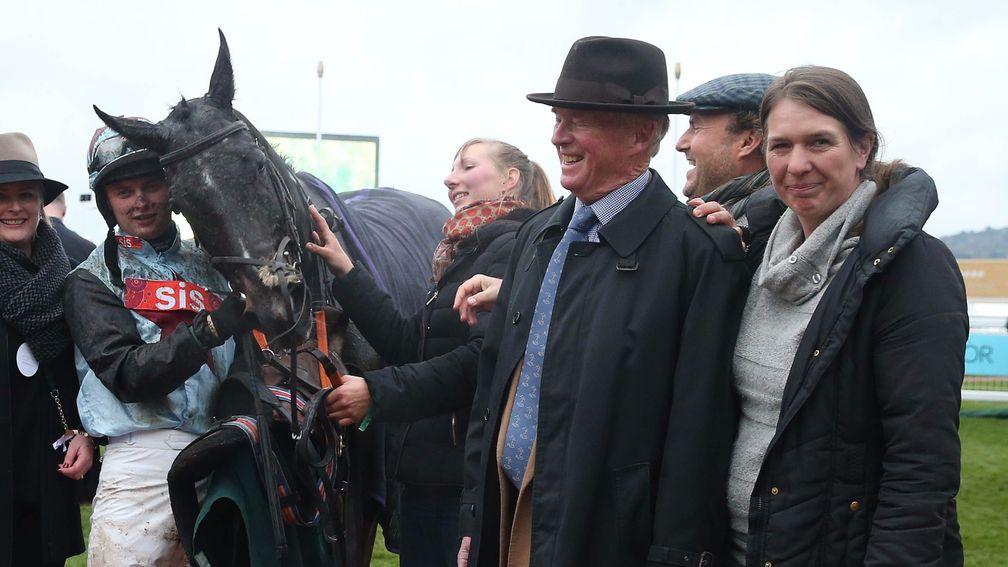
"We train on the racecourse itself and so we've got two miles of grass gallops in a horseshoe shape, the first two or three furlongs of which are really steep, so great for training jumpers. We also have a one-mile woodchip gallop down the back, and that's also on an incline.
"We have all of those facilities to ourselves, and because it's a former racecourse it's wide and so you can have as many horses as you want galloping upsides so long as the ground conditions are all right.
"Some of the old railings are still there and, although the grandstand has been converted into houses, you can clearly see what it once was."
Smith, who believes that as a training centre Lewes, rather like Epsom, has been a victim of the steep rise in the value of land in the south east, adds: "Jim Best has his own gallop, called the Rail Gallop, and a woodchip one too, while Mark Hoad uses a gallop called Front Hill, which used to be Gerry Enright's gallop.
"We are all kind of separate, but it's a fantastic place to train and we don't have to do any road work. With the whole of the Downs at your disposal it can help the fractious types relax."
However, while the charm of the area confers obvious benefits, she admits it also has its drawbacks.
She says: "We will be full this winter, with 24 in. We could do with more boxes but because it's a designated area of outstanding natural beauty it's very hard to build here. That's the reality of it."
The specialist: Tony Carroll
Nobody targets the Brighton festival meeting quite like Tony Carroll, who enjoyed possibly the most satisfying day of his career there two years ago and has assembled a strong team once again.
On the opening day in 2015 Carroll saddled five runners, and four of them won, Easydoesit, Pyrocumulus, Queen Aggie and Essaka combining at odds of 2204-1. For good measure he had a fifth winner, Supa Seeker at 11-1, on day two, and then a sixth on the final day with Brighton regular Pour La Victoire at 13-2, his sole runner.
Carroll also had winners at the meeting in 2011, 2012 and 2013, and last year there were two more, Monsieur Valentine and Beau Mistral, so it's long odds-on there will be another winner or two this week.
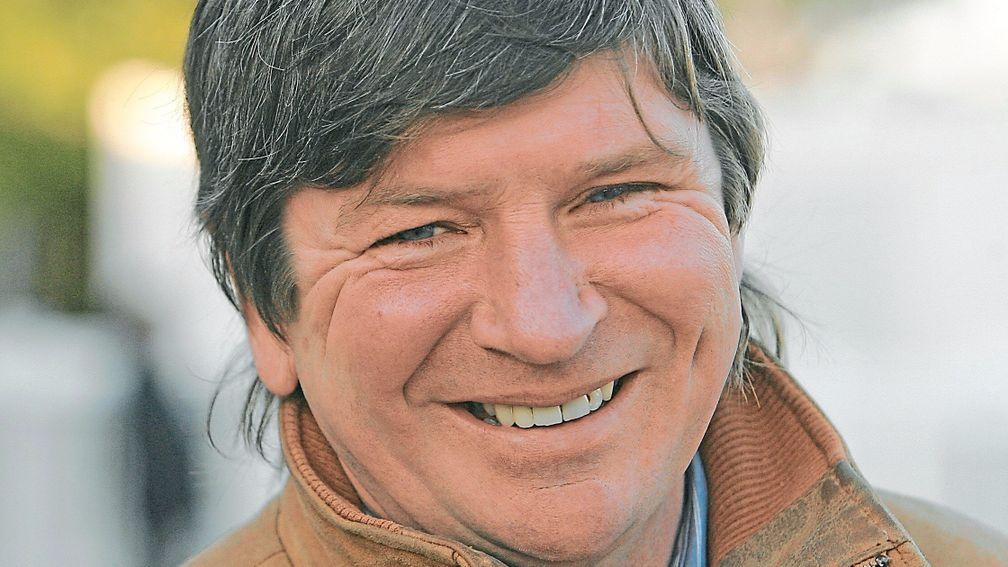
Brighton is around 175 miles from Carroll's Worcestershire base, but he finds the attraction easy to explain.
He says: "They put on races that suit a lot of my horses. They're handicaps of a certain grade and a lot of my horses appear to enjoy the track. And as it's three days, one or two of them can usually run twice, so that's another benefit.
"It's also great socially. Like the horses, we stay down there and the owners and myself make it as enjoyable as we can. It's something we look forward to, and we make the most of it. We've had a lot of luck there too."
As for that 2015 four-timer, he says: "I've had bigger winners, but in its way it was as enjoyable a day as any I've had as a trainer.
"With handicappers like mine it's a case of getting them there in decent form and on the right side of the handicapper. For a lot of them it's their Derby, so when it all comes right like that on the day that matters there's a lot of job satisfaction to be had from it. It was quite a day!"
Graham Dench
Horses and hounds – Brighton has it all
Brighton and Hove greyhound stadium, owned by the Gala Coral Group, opened in June 1928 on the site on Nevill Road and operates a five-times-a-week racing schedule – Wednesdays, Thursdays, Fridays, Saturdays and Sundays.
The most famous greyhound based at the track during an 89-year period is Ballyregan Bob – trained by George Curtis – who notched up a world record 32 consecutive wins in 1986.
Hove has supplied two winners of the Greyhound Derby – Allen Gift (2002) and Astute Missile (2017) – and the track has always been synonymous with open-race performers of the highest class.
George Curtis (1981, 1983 and 1984) and Seamus Cahill (2010) have collected the coveted Trainer of the Year title for Hove and the track won ‘Supertrack’ – greyhound racing’s equivalent of the FA Cup – at Wembley in 1995 and 1996.
There are a total of 13 trainers currently providing runners to the kennel strength – Seamus Cahill, Maria Collins, Claude Gardiner, Paul Garland, Jason Heath, Derek Knight, Norah McEllistrim, Richard Rees, Wendy Short, Tony Taylor, Ken Tester, Doreen Walsh and Wayne Wrighting.
The principal open-race competitions held at the track are the Coral Regency (695m), Coral Sussex Cup (515m), Coral Brighton Belle (515m, bitches) and Coral Olympic (515m).
Patrick Kelly
Members can read the latest exclusive interviews, news analysis and comment available from 6pm daily on racingpost.com
Published on 8 August 2018inSeries
Last updated 17:45, 5 February 2020
- We believed Dancing Brave could fly - and then he took off to prove it
- 'Don't wind up bookmakers - you might feel clever but your accounts won't last'
- 'There wouldn't be a day I don't think about those boys and their families'
- 'You want a bit of noise, a bit of life - and you have to be fair to punters'
- 'I take flak and it frustrates me - but I'm not going to wreck another horse'
- We believed Dancing Brave could fly - and then he took off to prove it
- 'Don't wind up bookmakers - you might feel clever but your accounts won't last'
- 'There wouldn't be a day I don't think about those boys and their families'
- 'You want a bit of noise, a bit of life - and you have to be fair to punters'
- 'I take flak and it frustrates me - but I'm not going to wreck another horse'